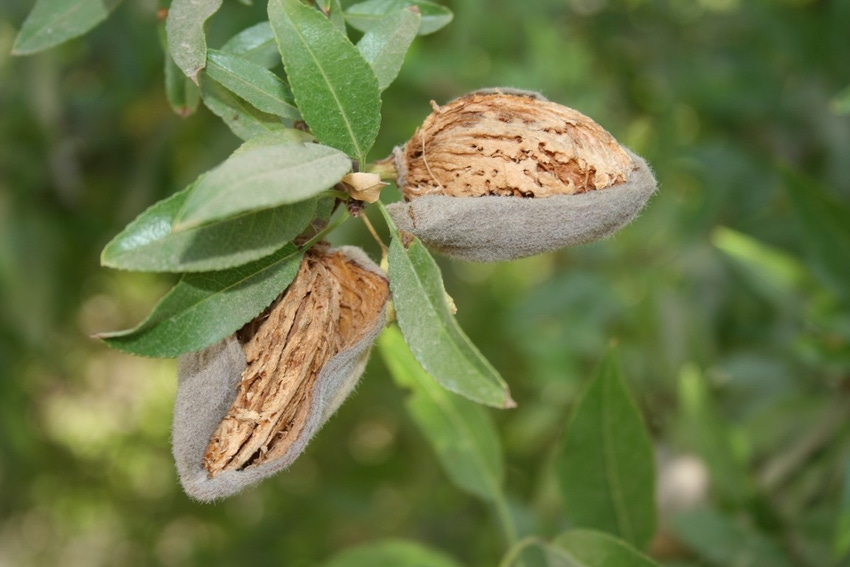August 16, 2016

Whatever you grow, however you are connected, California agriculture offers an organization or association you can join and find compatibility and purpose. Some of them are realigning to face new and different challenges.
From the outside looking in, it might appear that the agriculture industry is over organized. But the real score card reveals that each group meets a specific purpose, often peculiar to the way a product must be stored or handled, or perhaps a certain aspect of a given industry, including international trade.
One such unit that has served the somewhat narrow but strategic needs of the nut industries, the hullers, has just broadened its base to include those who also grow almonds, along with nurserymen, truckers, crop advisers, and associates of all kinds in the almond industry. No longer identifying itself only with hulling and shelling, it is now known as the Almond Alliance.
The change extends well beyond superficial. It provides the entire almond industry a safe haven to plot, plan, and carry out programs that benefit members of the industry, from on-farm providers to end salespersons. The programs it develops can be promotional, protective, or political, but expectedly hard-hitting and direct.
In the past, the almond industry has been well recognized for its sales and promotional activities. It secured a firm place in print advertising history with its mid-1980's campaign urging consumers to buy just one can of almonds a week.
This series was highlighted by one ad featuring eight or 10 growers apparently naked, but with midriffs obscured by a fence plank, each offering a can of almonds, accompanied by sheepish grins.
Blue Diamond Growers, the industry’s all-encompassing cooperative, was responsible for that effort, and continues to develop eye-catching advertising messages backed up with colorful point of sale and specialty materials.
The California Almond Board prepares colorful promotional materials, emphasizes overseas sales, and maintains a steady promotional presence.
The Almond Board operates under the auspices of the Department Agriculture as a marketing order. As such, it is prohibited from lobbying or other political activity, but efficiently develops and places colorful materials and plans activities that promote almond sales in all forms.
Intent on filling the gap between the board and the cooperative, the new Almond Alliance launches into a expectedly aggressive effort to lobby and perform a political function in behalf of the industry and represent it to a public that includes many skeptics.
Meanwhile, a Central Valley association that has included several major almond, walnut, pistachio, and pecan producers is also gearing up to be more vocal in their behalf. Located in Fresno, Western Ag Producers was organized in 2009 to represent its growers legislatively and in regulatory matters. It shares an office with the California Cotton Growers and California Cotton Ginners. The two recently merged for greater representational strength.
Another association was put together a year or two ago to explain the realities of water usage by farmers. It was to counter the broadly announced but mistaken message spread by some environmental groups and industry critics that vastly overstated the amount of water required to develop a crop.
Not only is California’s huge almond industry restructuring, but new and revised membership associations throughout the state’s agricultural industry are streamlining, expanding, or revising as necessary to meet changing needs and changing public perceptions. Clearer pictures and stronger voices of those they represent are anticipated.
Just like everybody else, farmers dislike it when they are misrepresented or misunderstood. The bold steps taken through the trusted organizations that speak for them are designed to clarify who they are, what they do, and why they need to be understood.
You May Also Like




